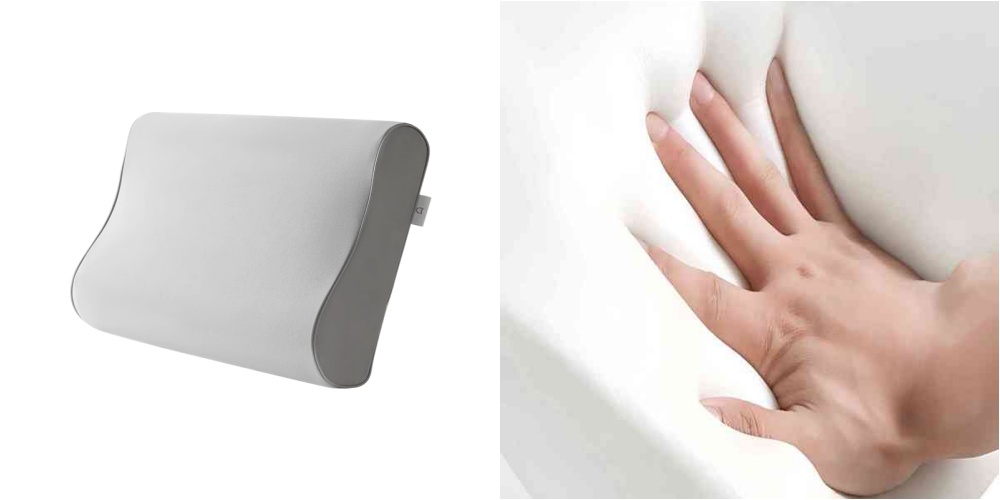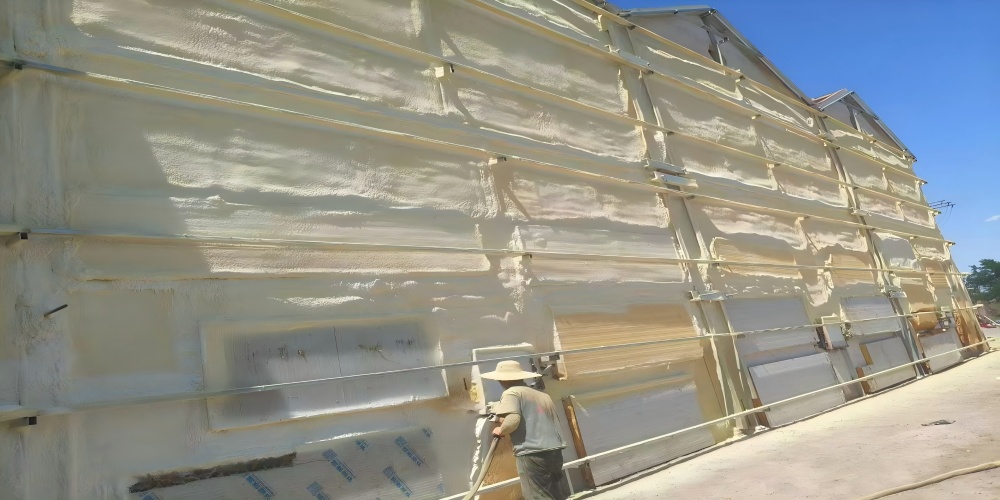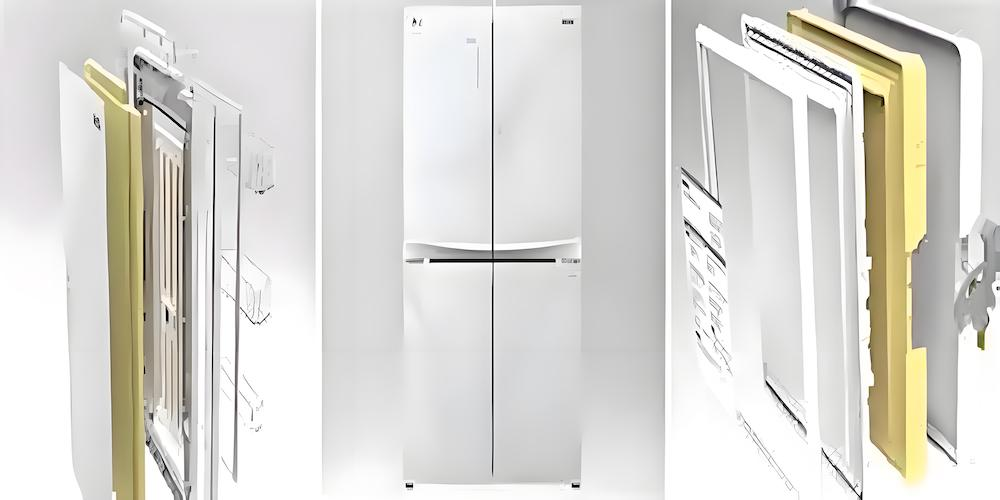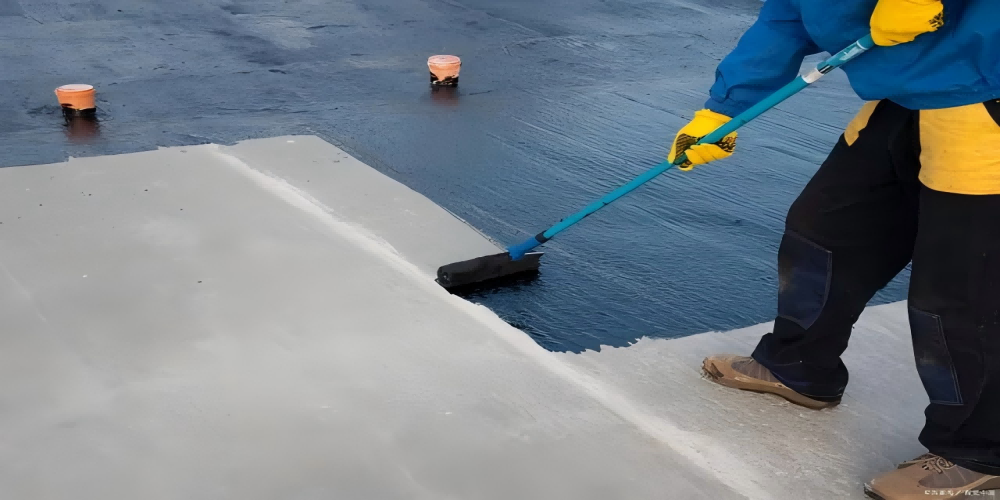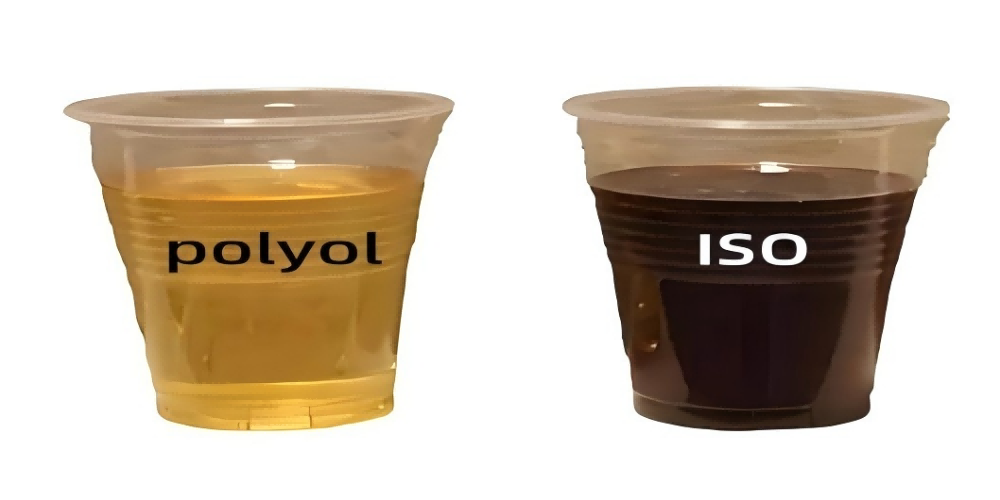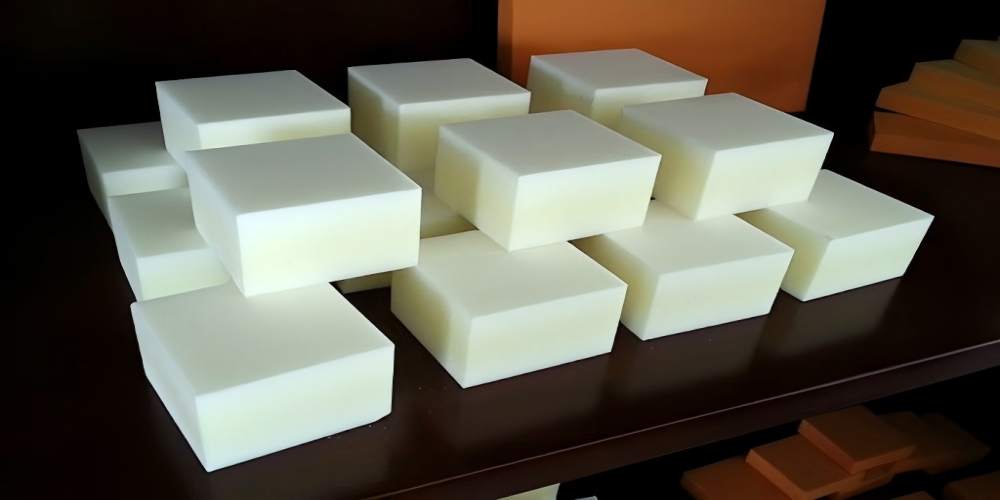
Advantages and disadvantages of HFC-245fa blowing agent in polyurethane spray foam
With the accelerated phase-out of HCFC-141b, the Center for Environmental Protection External Cooperation of the Ministry of Ecology and Environment recommends that the selection of HCFCs phase-out replacement technologies should be environmentally friendly, low-carbon, safe, and economical. This means no damage to the ozone layer; low global warming potential (GWP), good insulation performance, and high energy efficiency; production that meets safety standards; and a high cost-performance ratio, with raw material and production costs that are acceptable to the market.

